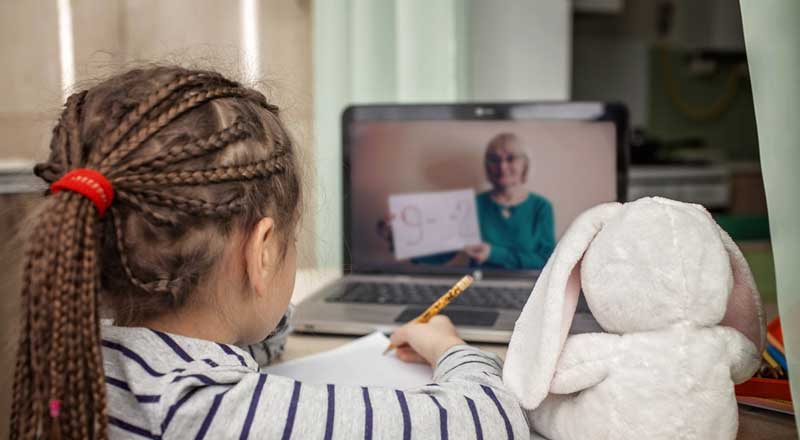Kids are fascinated by the Web and more and more of them are spending huge amounts of time browsing the Internet. Since 2004, the number of kids online has increased 18 percent, and time spent online among children aged 2-11 increased 63 percent in the last five years, from nearly 7 hours in May 2004 to more than 11 hours online in May 2009. Parental controls are an important part of staying safe online. They should be openly discussed with children so everyone understands exactly how these services work to shield the entire family from Web dangers. Children don’t like to feel as if they’re being spied upon. Here are a few tips for parents and teachers to keep your kids safe.
Keep an Eye Out
Computers should be placed in an area where an adult can keep an eye on the monitor. Common areas like the kitchen or living room are great options.
Know about Privacy Features
When creating accounts for social online communities like Facebook®, parents/teachers should study each site’s privacy features and compile lists of trustworthy individuals with whom children are safe to communicate online.
Don’t Talk to Strangers
Under no circumstance should children meet people they don’t know; and if they must, then a parent or a teacher should escort them for safety purposes.
Teach Children to End Conversations
Teach children to always end conversations they find uncomfortable, and how to do so. Should someone on the Web — even a friend — make them feel scared, confused, trapped, offended or threatened, make sure they know to find an adult to talk to about what happened, and how to stay safe.
Identify Spam
Help children identify e-mails that contain spam, obscene or aggressive messages, and make sure they know to refrain from forwarding these kinds of e-mails or chain messages to friends.
Search Your Child’s Name
Parents/teachers should regularly search children’s names together in a search engine to see what comes up. They may see information such as blogs they may have, communities they’re active in, and family background — this also gives children a sense of how information shared online.
Know the Lingo
Know the chat lingo, i.e. P911 — my parents are coming; PA — parent alert; PAL — parents are listening; TAW — teachers are watching. The National Center for Missing Children provides a list (pdf) of such acronyms.
Teachers Beware
During activities that require PC usage in class, students should be closely supervised. If they suddenly turn off the PC, quickly change windows, or laugh while in groups during lab hours, then teachers should look for inappropriate sites.
False Information
And finally, students and children should understand that not everything they see or hear on the Internet is true. Information people give away about themselves is not always trustworthy and ill-intentioned individuals could use a great variety of methods to mislead children and even hurt them.
About the Expert
Together with “Bitdefender”– a company that specializes in online safety and anti-virus protection, adolescent therapist Samantha Murphy created the “Online Children’s Safety Guide” to protect children from online predators.





